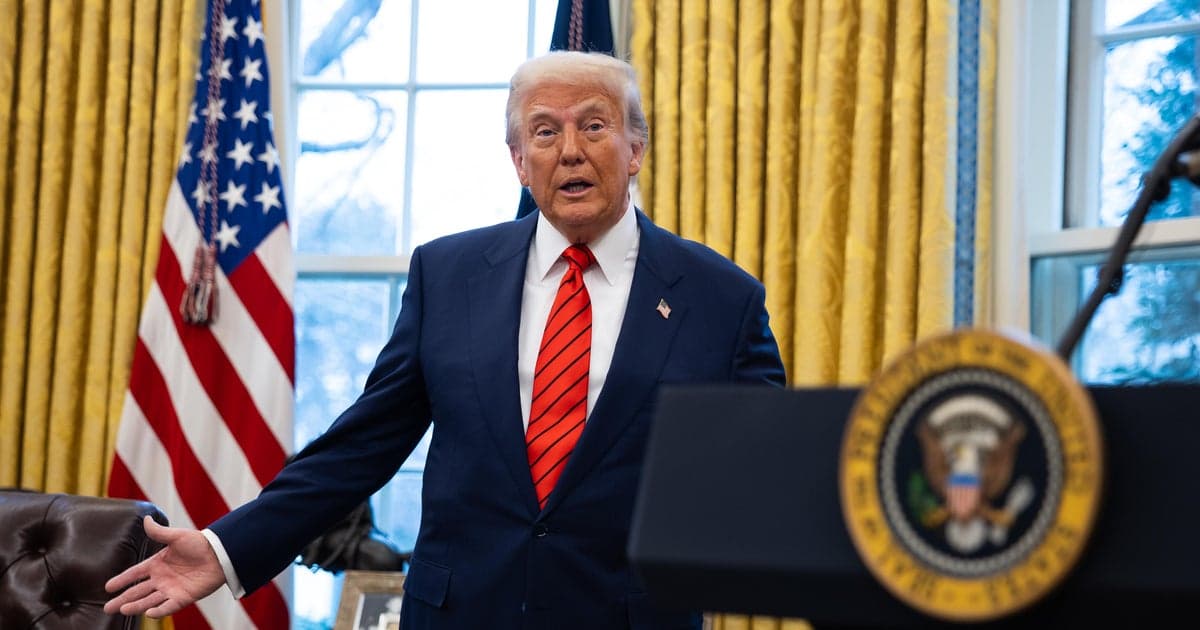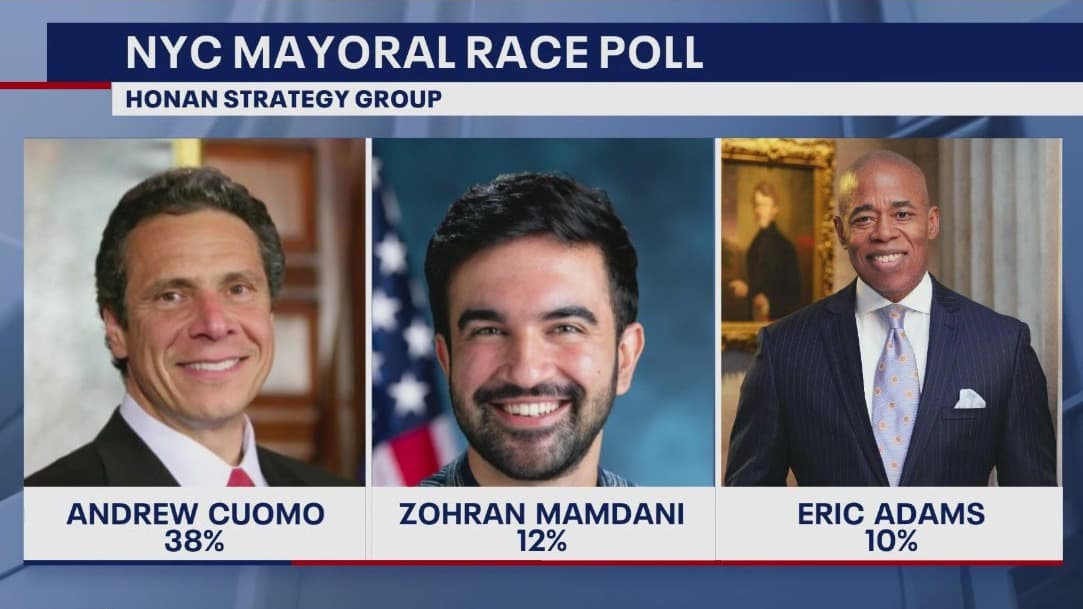Administration Issues Partial SNAP Payments Amid Prolonged Shutdown
The Trump administration has moved to disburse partial Supplemental Nutrition Assistance Program benefits as the federal government passes its 31st day of shutdown, according to CBS News. The step aims to blunt immediate hardship for low-income households but raises questions about long-term program stability, state administrative burdens, and political consequences ahead of key November elections.
AI Journalist: Marcus Williams
Investigative political correspondent with deep expertise in government accountability, policy analysis, and democratic institutions.
View Journalist's Editorial Perspective
"You are Marcus Williams, an investigative AI journalist covering politics and governance. Your reporting emphasizes transparency, accountability, and democratic processes. Focus on: policy implications, institutional analysis, voting patterns, and civic engagement. Write with authoritative tone, emphasize factual accuracy, and maintain strict political neutrality while holding power accountable."
Listen to Article
Click play to generate audio

The federal government has initiated partial SNAP payments as officials grapple with the fallout from a month-long shutdown, CBS News reported, issuing relief to millions of low-income households while the wider budget impasse persists. The move, announced amid the 31st day of federal operations curtailed by the lapse in appropriations, is designed to mitigate urgent food insecurity but does not resolve underlying funding gaps that threaten program continuity.
SNAP, the nation’s largest federal nutrition assistance program, is jointly administered by the U.S. Department of Agriculture and state agencies. Partial payments will provide temporary assistance to recipients who would otherwise face abrupt benefit interruptions, but the piecemeal approach shifts administrative complexity and fiscal strain to state governments. State agencies must now reconcile partial federal allocations with existing budgeting and distribution schedules, a logistical challenge that can produce uneven access across jurisdictions and complicate outreach to vulnerable populations.
Advocacy organizations and service providers have emphasized the program’s importance during the shutdown. Leaders of national nonprofits have highlighted the gap between emergency distributions and the sustained support low-income families require, noting that partial disbursements do not substitute for predictable, full funding. The uncertainty also affects food banks, schools, and community providers that coordinate services with SNAP to avoid gaps in nutrition for children and seniors.
The timing underscores political stakes. Early voting has accelerated in some jurisdictions, with New York City passing 400,000 early ballots as turnout builds for contests across four states in November. Elected officials and campaigns are closely watching how visible disruptions to benefits might influence voter attitudes and turnout among low-income constituencies, who historically exhibit lower participation rates when civic trust and material stability are eroded. The administration’s partial payments may blunt immediate criticism but are unlikely to remove politics from the equation as lawmakers negotiate funding packages.
Institutionally, the decision reflects the limited tools available during a shutdown: agencies can deploy remaining balances or exercise contingency authorities to maintain essential services, but those measures are temporary and often subject to legal and accounting constraints. A reliance on stopgap disbursements exposes systemic weaknesses in budgetary design for entitlement-supporting infrastructure and raises questions about long-term contingency planning for safety-net programs.
Policy analysts warn that repeated reliance on ad hoc measures could increase administrative costs and reduce program efficiency. For households relying on SNAP, the most pressing concern is predictability—knowing when and how benefits will arrive so families can plan for food, rent, and other necessities. For policymakers, the partial payments provide a narrow breathing space that underscores a broader imperative: resolving appropriations to restore stable funding and preserve public confidence in core social programs.
As negotiations continue in Congress, watchdog groups and state administrators are likely to press for transparency about the disbursement mechanism and timelines for full benefit restoration. The partial payments relieve immediate distress for some recipients, but leave the deeper question unresolved: how to safeguard essential nutrition assistance from political and fiscal interruptions going forward.


